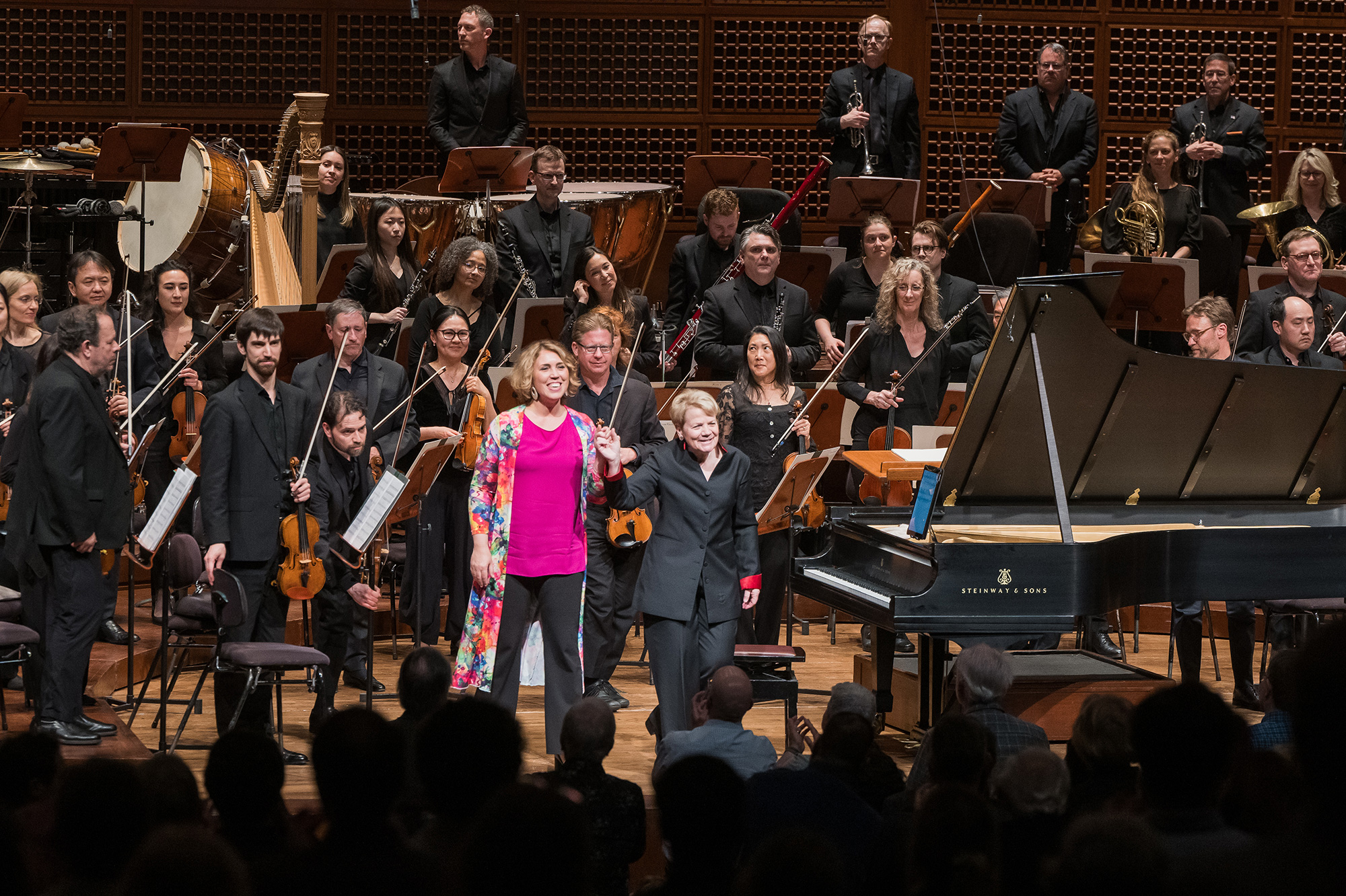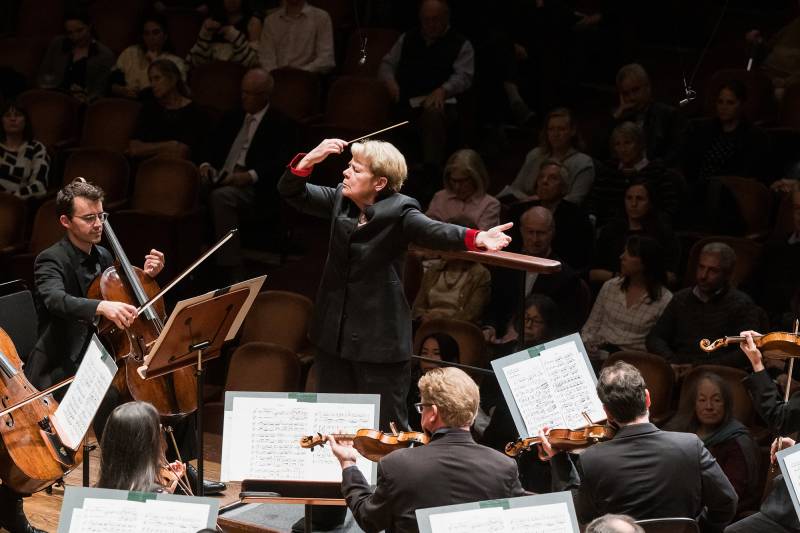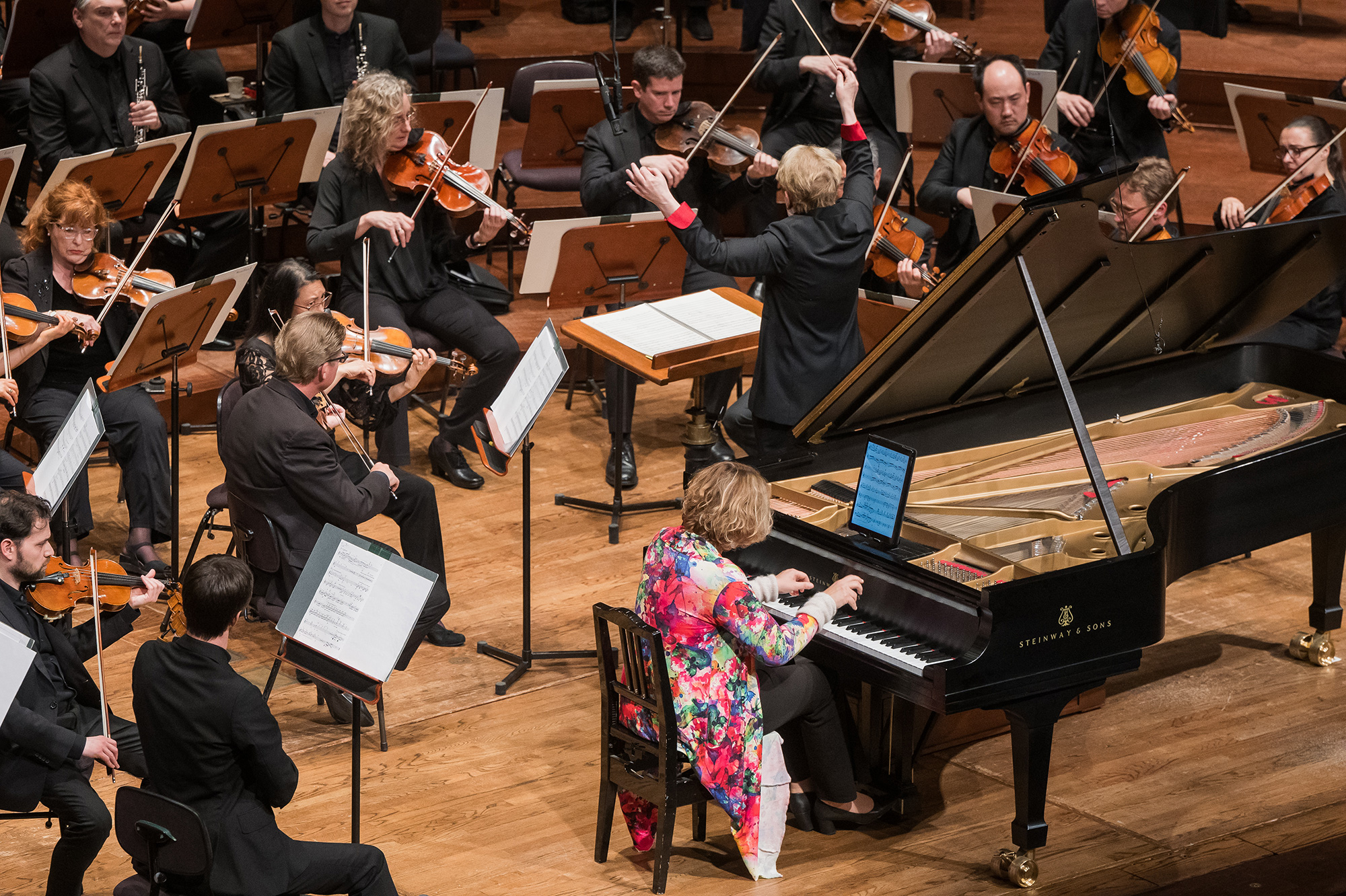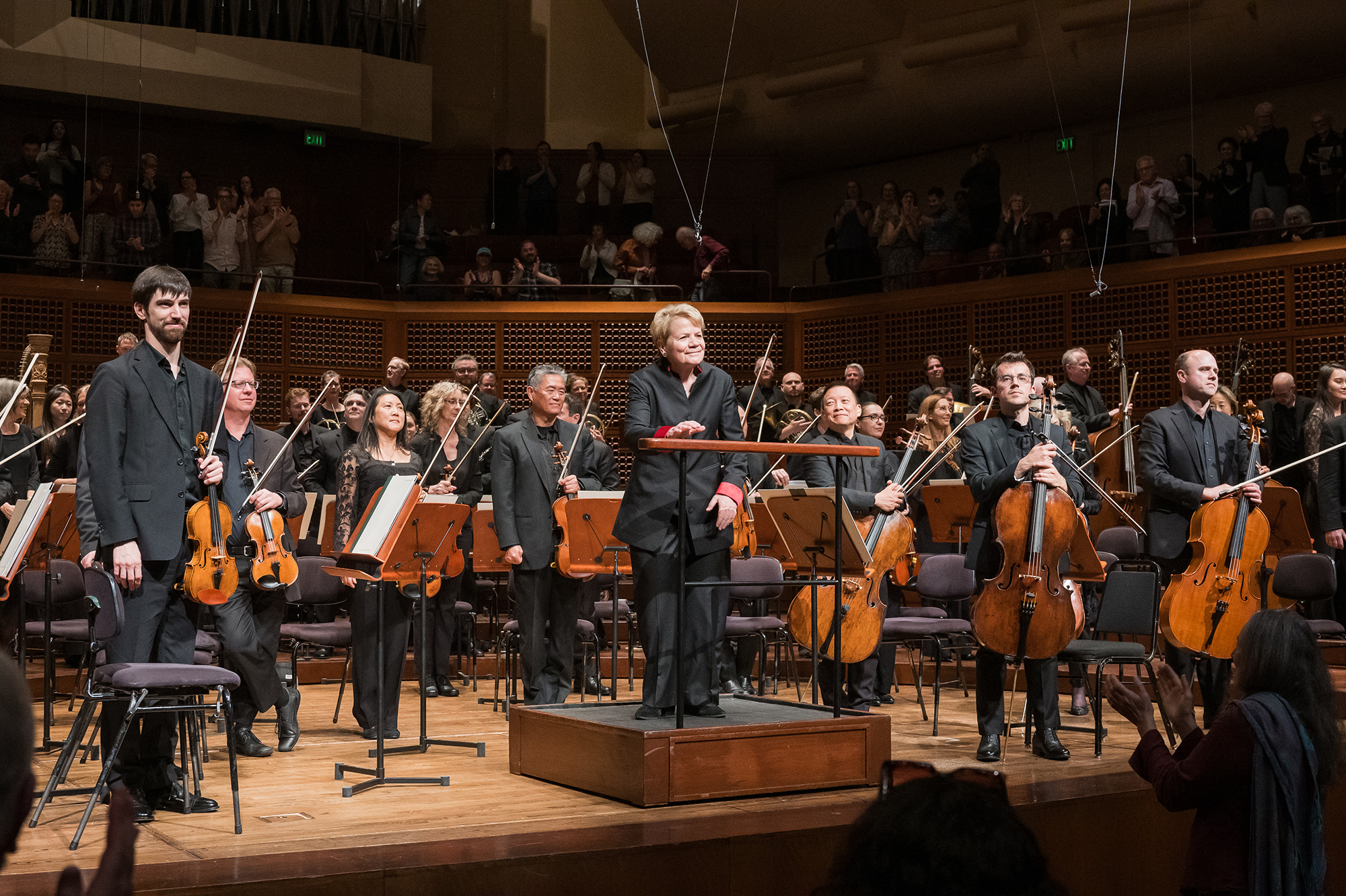In the 1990s, the freestyle rapper Supernatural had a routine that always won over the club. He’d solicit suggestions for words or phrases from the audience, or even items from rap fans’ pockets or purses, and then tell the DJ to drop the beat. Three minutes of complex wordplay would follow, all tightly in rhythm, involving the crowd’s suggestions. It killed.
On Thursday night, the pianist Gabriela Montero brought this approach into the classical concert hall. As an encore to her piano concerto, she asked patrons at Davies Symphony Hall for a melody upon which she could improvise. A few loudly sung suggestions followed: Beethoven’s Missa solemnis, Burt Bacharach and Hal David’s “What the World Needs Now Is Love.”
I didn’t recognize the winning melody, but Montero plunked it out on the piano a few times, thought it over for a few seconds, and then launched into a dazzling improvisation — something like Louis Moreau Gottschalk, with more meat on its bones — that lasted several minutes and inspired the crowd to its feet.

Improvisation in music is a gooey concept. What, really, is pre-written, and what is the performer’s input? Is some improvisation planned beforehand? Isn’t soloing in jazz, as the saxophonist Gary Bartz once told me, “composing all the time” rather than “improvising”? Is a singer’s particular phrasing of a lyric improvisation?
Within the relative rigidity of classical music, Montero is an outlier. I’ve heard other improvisations-as-encores (speaking of gooey, Jeffrey Kahane’s “America the Beautiful,” played just after 9/11, comes to mind), but they’ve been preordained to some degree. With Monerto, her style, filigree and technique may all be prepared tools of construction, but I have to believe the blueprint was spontaneous.




